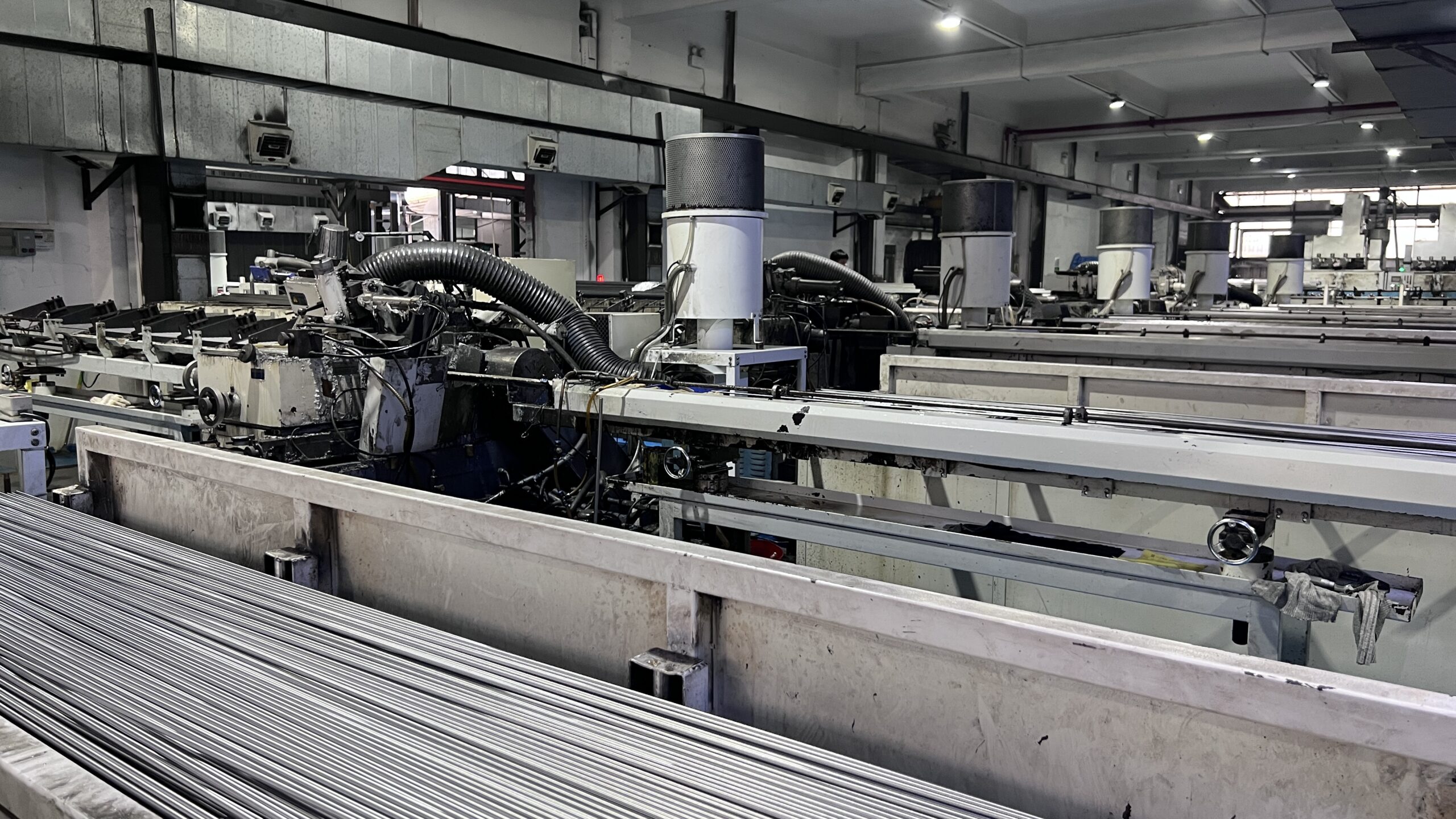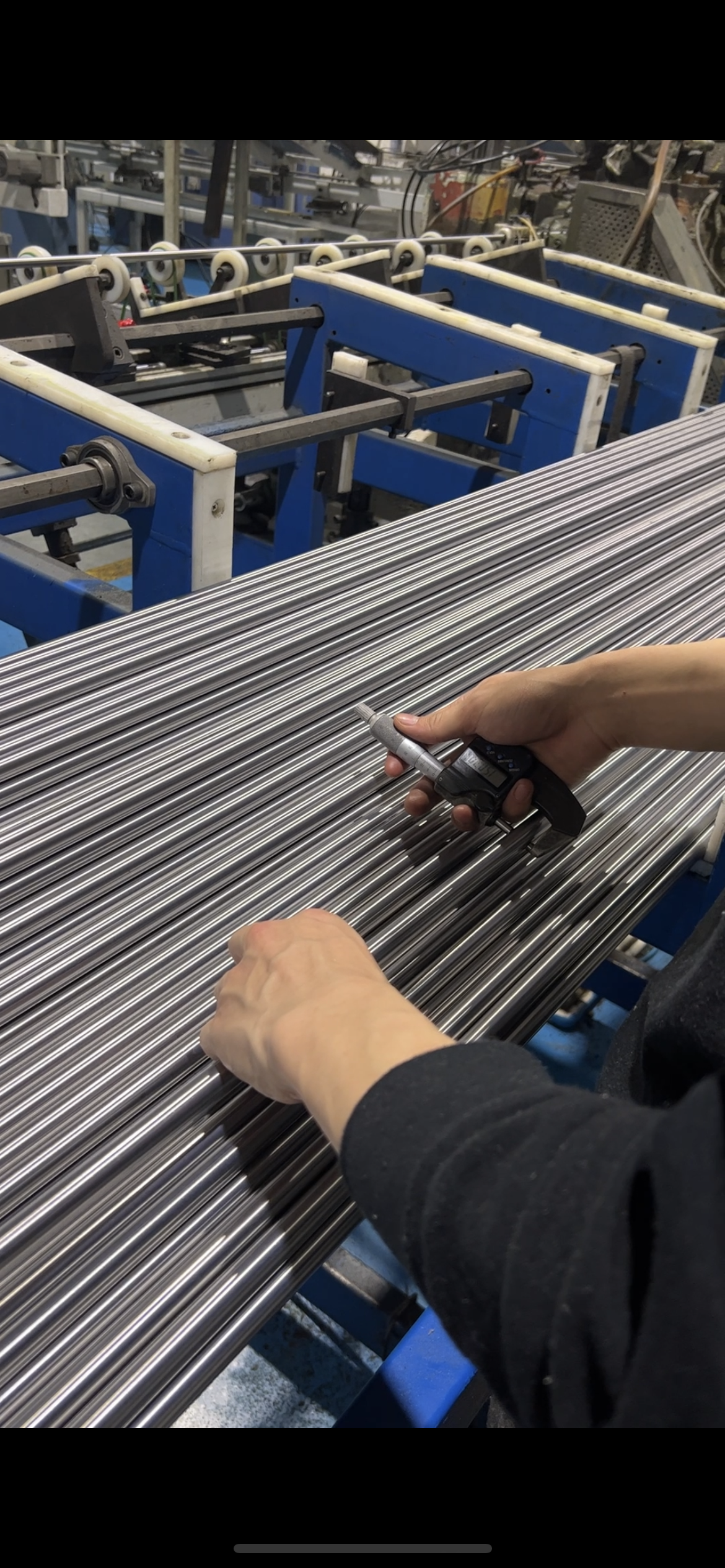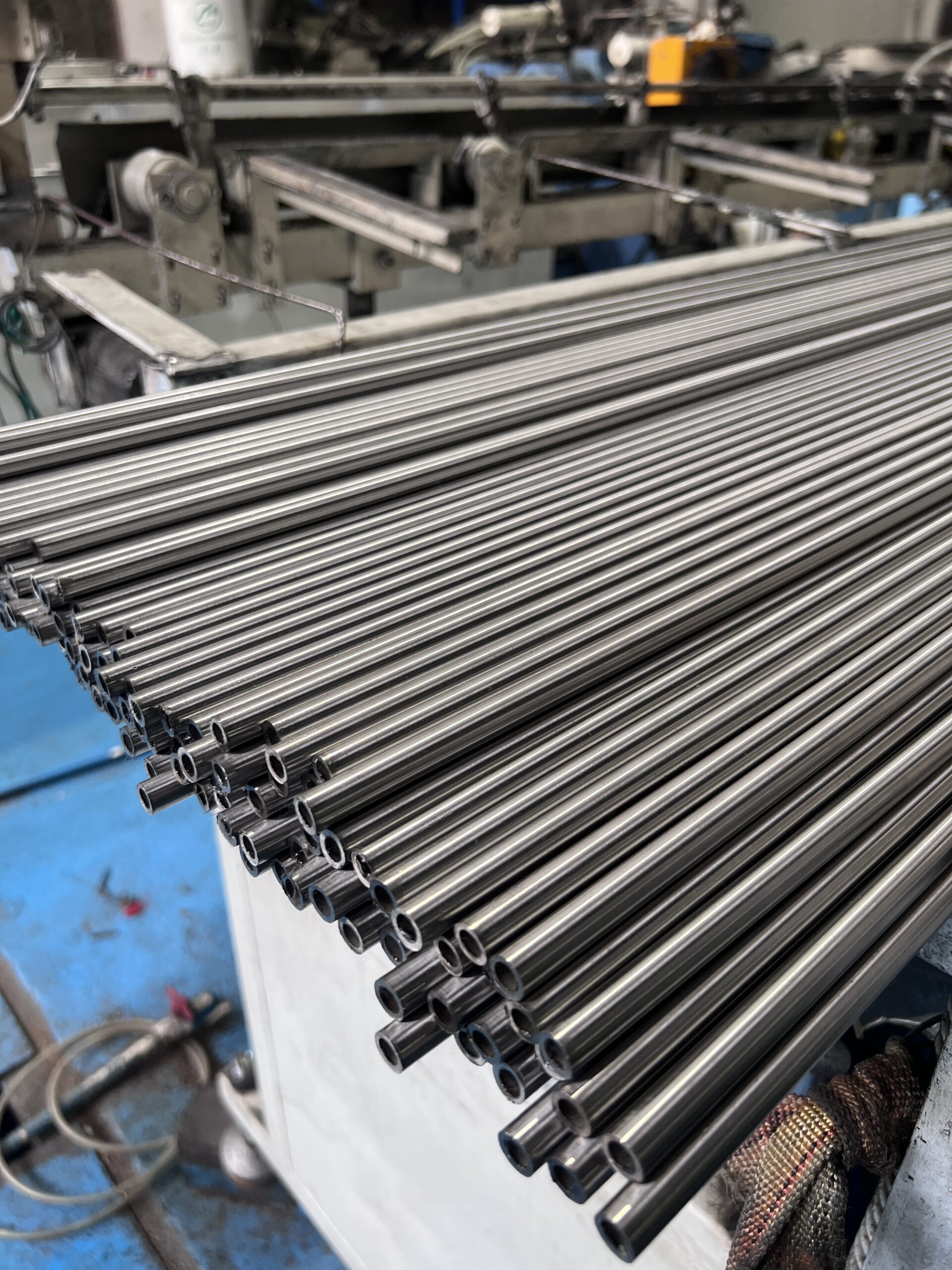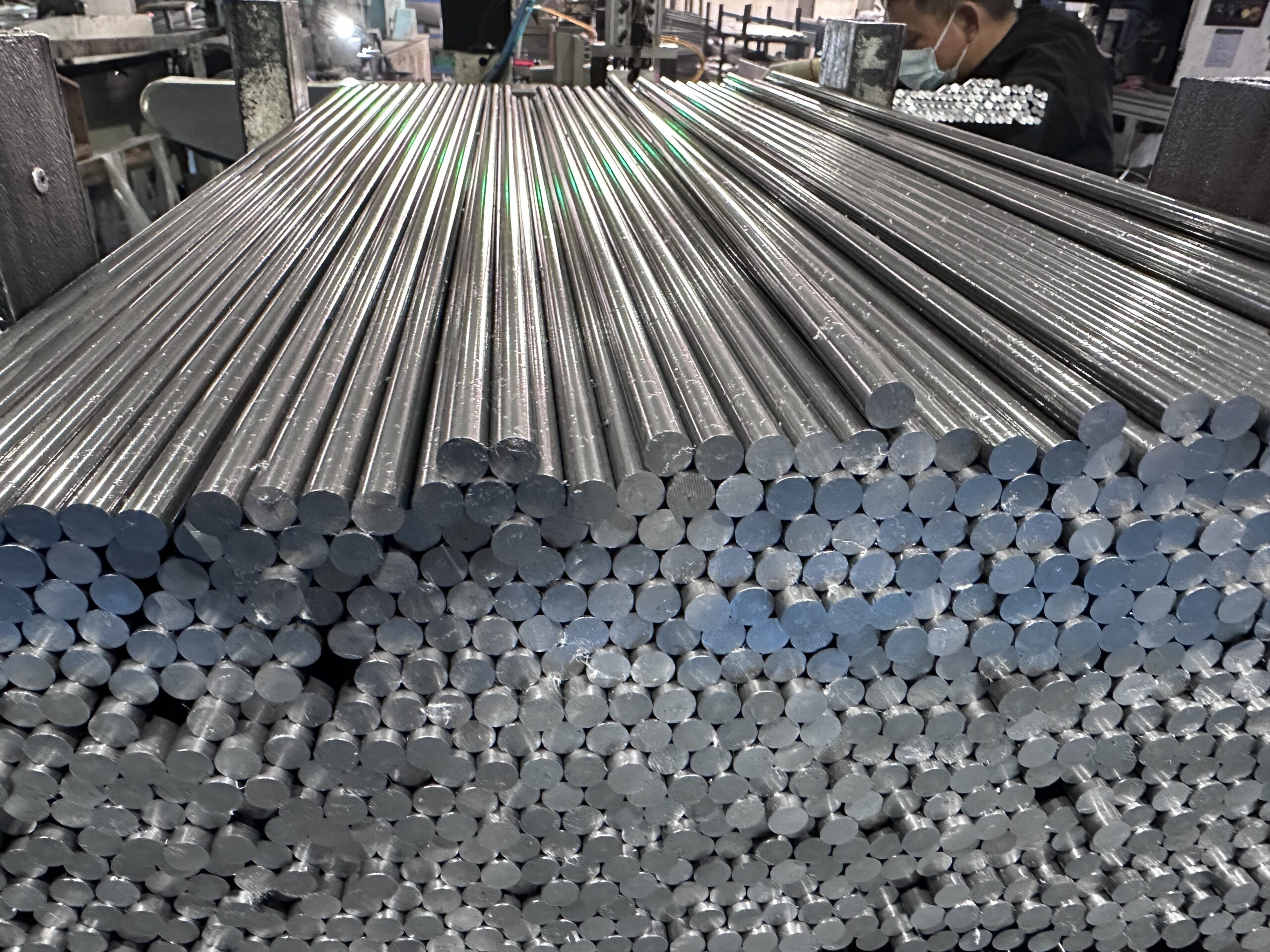304 Stainless Steel Rods: Mechanical Properties & Strength
Introduction
304 stainless steel rods are widely used in various industries due to their excellent mechanical properties, corrosion resistance, and strength. Understanding their mechanical characteristics helps manufacturers select the right material for high-performance applications.
This article explores the key mechanical properties of 304 stainless steel rods, their impact on industrial applications, and how they compare to other materials.
Key Mechanical Properties of 304 Stainless Steel Rods
The table below outlines the fundamental mechanical properties of 304 stainless steel rods:
| Property | Value | Significance |
|---|---|---|
| Tensile Strength | 515–720 MPa | Provides high resistance to breaking under tension. |
| Yield Strength | ≥205 MPa | Ensures structural integrity under applied stress. |
| Elongation (%) | ≥40% | Allows flexibility and resistance to sudden failure. |
| Hardness (HBW) | ≤201 | Maintains machinability while offering durability. |
| Modulus of Elasticity | ~193 GPa | Ensures stiffness and minimal deformation under load. |
| Density | 7.93 g/cm³ | Balances strength with a manageable weight. |
Strength and Durability Advantages
1) High Tensile Strength
304 stainless steel rods can withstand significant force without breaking, making them ideal for load-bearing applications such as construction and automotive components.
2) Excellent Corrosion Resistance
With its high chromium and nickel content, 304 stainless steel maintains strength even in corrosive environments, such as marine and chemical processing industries.
3) Good Machinability and Weldability
304 stainless steel rods are easy to machine and weld, making them suitable for customized industrial applications and precision engineering.
4) High Ductility and Impact Resistance
The high elongation percentage ensures that 304 stainless steel rods can absorb shocks and resist sudden mechanical stress, making them suitable for structural applications.
Comparison: 304 Stainless Steel vs. Other Materials
| Material | Tensile Strength (MPa) | Corrosion Resistance | Machinability | Common Applications |
|---|---|---|---|---|
| 304 Stainless Steel | 515–720 | Excellent | Good | Automotive, construction, food processing |
| 316 Stainless Steel | 515–690 | Superior (chloride-resistant) | Moderate | Marine, medical, chemical industries |
| Carbon Steel | 400–550 | Low | Excellent | Structural, machinery, tools |
| Aluminum 6061 | 276–310 | Moderate | Excellent | Aerospace, transportation, electronics |
304 stainless steel rods offer an outstanding balance of strength, durability, and corrosion resistance, making them one of the most versatile materials in industrial applications. Their high mechanical performance ensures longevity in demanding environments, from automotive manufacturing to heavy-duty machinery.
Looking for premium 304 stainless steel rods? Contact us today for expert solutions!







